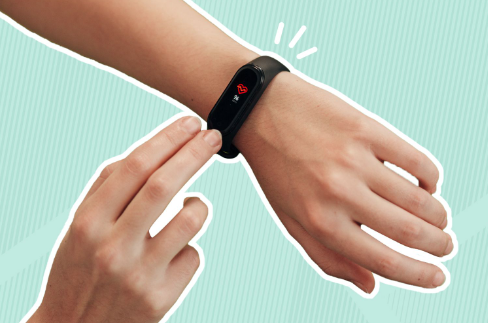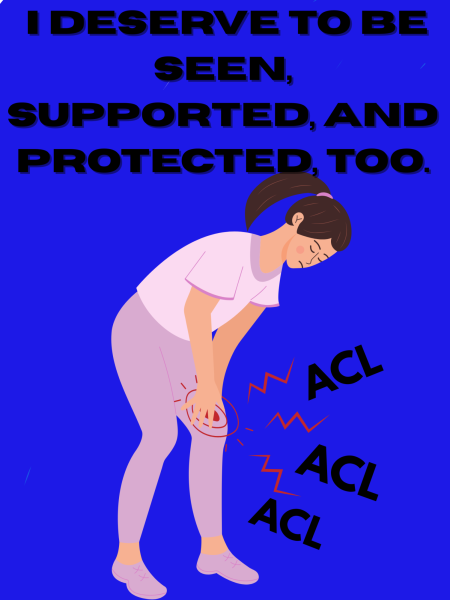Breaking my heart: Are heart rate monitors truly effective?
Picture yourself in the following situation: it’s another cardio day in your Physical Welfare class. You can feel your heart vigorously racing in your chest, feel the sweat glistening on your forehead. It seems as though you’ve been strenuously racing on the treadmill or cycling on the elliptical for hours, but when you glance at the projected screen to check your heart rate, you come to the frustrating realization that your heart rate monitor has hardly tracked any data, invalidating all your hard work.
Unfortunately, I have found myself trapped in the aforementioned scenario several times, each instance ending in leaving the Cardio/Spin Lab with demoralized defeat. Just to be clear, in terms of fitness level, I wouldn’t label myself as an athlete, but regardless of my abilities, I always strive to put forth my best effort during each cardio workout.
Some students at Niles North have expressed a similar sentiment of dissatisfaction over the inability of heart rate monitors to accurately measure their fitness levels.
“I don’t think they [heart rate monitors] work well,” freshman Nia Kenly said. “I’ve seen a lot of kids in my gym class fail even though they’re the most athletic because they have to work a lot harder to get their heart rate up and it’s not fair.”
Recognizing the genuine effort students invest in their Physical Welfare class is essential because there is not always one clear-cut way of measuring such a subjective standard. When it comes to the grade book, instructors must factor in the fact that inherently speaking, heart rates are not consistent. Each person’s heart rate is influenced by the presence of a myriad of varying factors, including age, sex, body mass index, and diet. In a school that acclaims such a wide diversity of students, the differences attributed to these factors, which directly affect heart rate, are manifested even more significantly. Therefore, it does not make sense to associate a binding grade with a factor that has the potential to fluctuate so greatly.
Even student-athletes, who often set elevated goals for themselves within the P.W. environment, can sometimes struggle to meet these expectations.
“They [heart rate monitors] are okay,” freshman Sophie Espinoza said, “but because I’m an athlete, I feel like I have to try hard to get my heart rate up and when the monitors sometimes don’t work, it’s hard for me to reach the goal.”
Many P.W. classes also incorporate guided workouts as an integral part of the course curriculum, designed to help strengthen students’ physical abilities and stimulate emotional well-being. Unlike cardio labs, which are graded solely based on stabilized data, these workouts are evaluated holistically based on students’ overall level of participation and effort. This grading system is far more beneficial and should be more widely utilized because it ensures equitable acknowledgment of every student who genuinely strives to succeed in their P.W. class.
However, at the end of the day, I understand that in some situations, heart rate monitors can help more accurately measure students’ fitness levels in a way that mere visual evaluations cannot. After all, it presents a challenging task to expect P.W. instructors to consistently keep track of every student’s personal performance, especially those which are not as largely publicized. Nevertheless, heart rate monitor data should not constitute a sole evaluation of the amount of effort students invest in their class, especially when that information translates to a concept as significant as the grade book. Ultimately, P.W. teachers should take both heart rate and students’ physical effort into consideration when calculating grades to effectively supplement reliance on data from a single digital apparatus.

Aiden is a senior who serves as the Editor-in-Chief and News Editor of North Star News. Since first joining the staff during his freshman year, he has...












